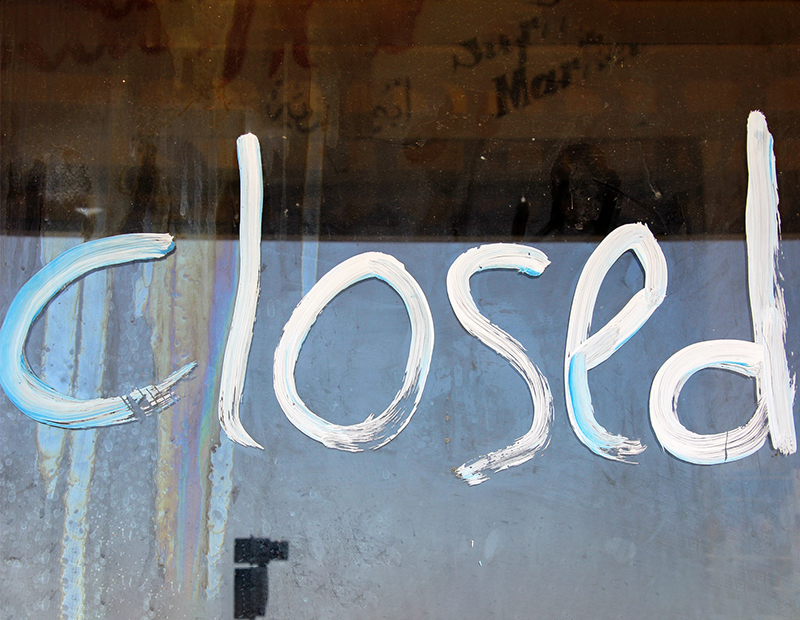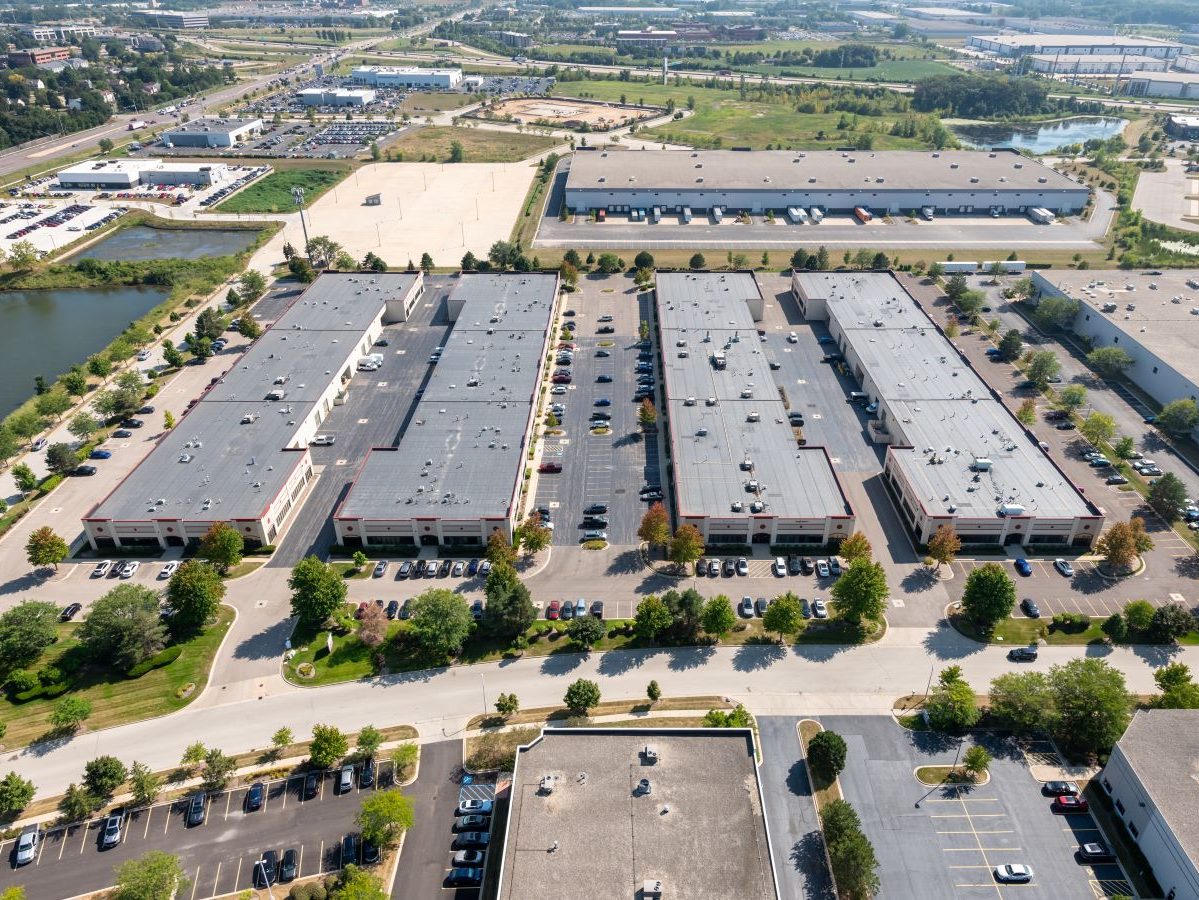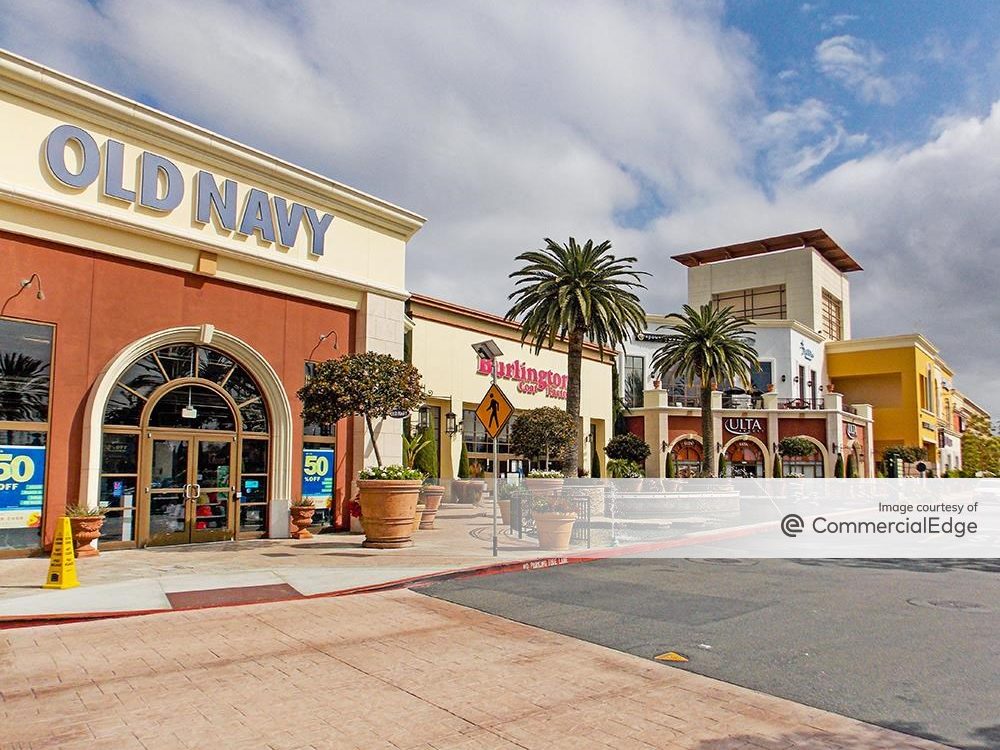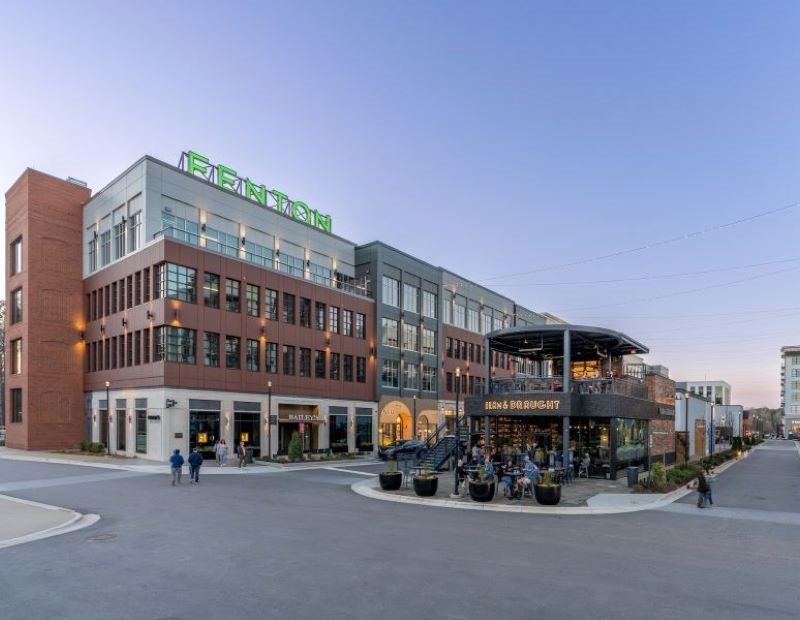Pandemic Hastens Preexisting Retail Reality, Marcus & Millichap Reports
Retail will have a new face once the dust settles from COVID-19, and it’s the one that would have eventually emerged, even without the coronavirus.
COVID-19 is wreaking havoc on the U.S. retail market, but the post-pandemic fallout will mirror an outcome that was already in the works well before the crisis, according to Marcus & Millichap’s Beyond the Global Health Crisis: Business Closings Special Report.
READ ALSO: Logistics Real Estate Set for ‘Brisk Recovery’
While the impact of the pandemic has been harsh, it hasn’t been altogether devastating. “The severity of the economic blow to the economy, both in terms of job losses and the downturn in retail sales, has led to a significant shakeout in the retail sector, but all things considered, it has so far not been as bad as many anticipated,” John Chang, the national director of research services with Marcus & Millichap, told Commercial Property Executive.
COVID-19, Chang explained, is simply expediting a retail-market evolution that would have transpired over the next few years. Before the coronavirus, e-commerce was gaining 1 percent of total retail sales annually from brick-and-mortar stores. But with the health crisis, e-commerce has claimed nearly 20 percent of retail sales. Once the economy reopens, e-commerce will likely account for 18 percent of total sales, a figure the market would likely not have reached for an additional three years under normal circumstances, according to Marcus & Millichap.
Many prominent retail chains have been hurried along a foreseeable path of decline as a result of the pandemic-induced economic turmoil. As noted in the report, Pier 1 Imports was already experiencing difficulties before it announced the closing of all its 936 stores, and GNC, The Gap and Victoria’s Secret accelerated store closures, too. Marcus & Millichap suggests that many of the closures would have eventually come to pass, as experience-based lifestyle centers continue to overtake shopping malls in popularity.
For the restaurant industry, the pre-pandemic trend had been far more promising. The total of privately owned eating and drinking establishments had climbed to 650,000, marking a 21 percent increase since the Great Recession. Now, while drive-thru-equipped, limited-service or fast-food restaurants face a relatively moderate battle amid the pandemic, their full-service counterparts, forced to close their dining rooms during social distancing periods, are struggling to survive. A certain percentage of these restaurants are adapting, relying on alterations that were already on the horizon.
“The ingenuity and perseverance of businesses during these very difficult times has been truly remarkable, ultimately accelerating the sector’s evolution toward a more digitally engaging, customer-friendly model,” said Chang. “Drive-thrus, curbside pickup and enhanced delivery models have all been in place for years, but the public health crisis has driven customer adoption levels to a tipping point. As the sector reinvents and adapts its customer engagement models, it is ultimately defining the next generation of retail.”
Retail real estate’s fate
Chain stores of all categories—clothing, home furnishings, personal care, sporting goods, grocery and restaurant, to name a few—have suffered closures at varying levels over the last few years, but the pandemic will ultimately force those numbers to new heights. Chain store closings jumped from 5,800 in 2018 to 9,500 in 2019, and by mid-2020 the number of retailers that had shuttered their doors had already skyrocketed to 8,100, according to the Marcus & Millichap report. “The retailers, restaurants, gyms and entertainment businesses that make it to the post-pandemic recovery will benefit from thinned competition and should be able to make a full recovery,” Chang noted. It’s an outcome that will leave square footage on the market.
Looking at the restaurant sector, Marcus & Millichap expects that an increase in vacated space will be unavoidable in the aftermath of the pandemic. Full-service restaurants in the U.S., which totaled roughly 400,000 before the appearance of COVID-19, will likely see notable permanent closures, the percentage of which will exceed job losses. With full-service establishments averaging 5,000 square feet of space, more than 100 million square feet will probably require re-tenanting. Limited-service restaurants numbered 250,000 at the start of the crisis. Given their inherent ability to accommodate social distancing via drive-thru services and the like, these chain locations, which are generally 3,000 square feet in size, will see fewer vacancies.
Other chain store retailers will impact commercial real estate vacancies, as well. “Retail will forever be changed by the pandemic, but we will still have brick-and-mortar locations,” Chang said. The most notable change for these stores will be linked to convenience, and involve a more complete integration of digital technology such as providing customers the ability to order online and pick up at a physical location, a trend that was already gaining traction before the pandemic. Ultimately, some long-held truths of retail real estate will hold. Chang concluded, “Generally speaking, retail centers are located in high-traffic areas with good visibility that serves the surrounding community—that type of real estate will always be in demand.”
Read the full report on Marcus & Millichap’s website.








You must be logged in to post a comment.